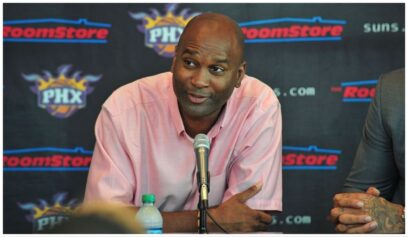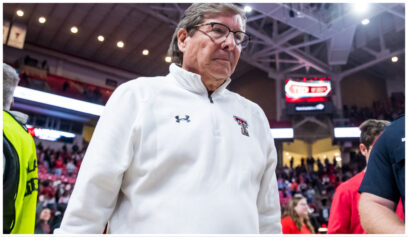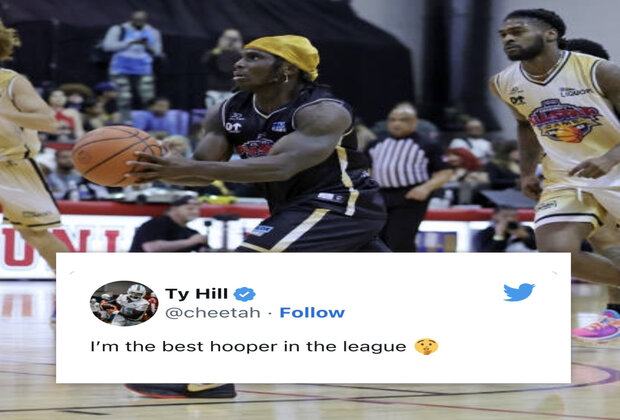It is the oldest black college sports conference in the country, the Central Intercollegiate Athletic Association, better known as the CIAA. With a long and storied history, the CIAA has produced some of the greatest basketball players to ever set foot on the court. Its crown jewel is without question the CIAA Basketball Tournament which not only anoints the conference champion, but to a greater extent, bragging rights for an entire year. For more than seven decades, the tournament has been one of the nation’s largest sporting events for African-Americans. So much so that it is now the third largest NCAA basketball tournament in the country in terms of attendance and economic impact. But while many travel to Charlotte, NC each year (the host tournament site since 2006) to enjoy the festivities outside of Time Warner Cable Arena, it is important to celebrate the rich history that takes place inside of the arena.
Founded in 1912, the league formerly known as the Colored Intercollegiate Athletic Conference showcased some of the best young talent in the game. From Earl Lloyd, the first African-American to play in the NBA and guided his West Virginia State team to an undefeated 23-0 record, to Ben Wallace, one of the NBA’s greatest defensive players of all-time who led his Virginia Union squad to an NCAA Division II Final Four appearance. There are so many outstanding players to speak of when looking at the conference’s rich history, and as the tournament takes place this week, we highlight the five who we believe are the cream of the crop.
5. Rick Mahorn (Hampton) – A three-time NAIA All-American made the Hampton Pirates a proverbial powerhouse in the conference in the late 1970’s. Averaging 20.3 points and 12.3 rebounds per game, Mahorn remains Hampton’s as the all-time leader in career scoring (2,418) and rebounding (855).
4. Charles Oakley (Virginia Union) – “The truth, the whole truth, and nothing but the truth” according to a 1985 Sports Illustrated article, Oakley was one of the most relentless players the conference has ever seen. He is the all-time leading rebounder at Virginia Union (1,664) as well as third on the all-time scoring list (2,379). Oakley led his Panther’s squad to a CIAA title during the 1984-85 season with a stellar record of 31-1. (Also averaged 27 points and 18 rebounds for the CIAA Tournament that year.)
3. Sam Jones (North Carolina College) – Although having to put his college career on pause to serve two years of military duty, Jones didn't let the time away from basketball affect his game. The three-time all-conference pick scored 1,770 points and grabbed 578 rebounds in his career for what is now known as North Carolina Central. The NAIA Hall of Famer posted averages of 18.6 points and 10.7 rebounds per game during his senior year of 1956-57. Jones would go on to become the second greatest winner in NBA history claiming 10 championships with the Boston Celtics.
2. Cleo Hill (Winston-Salem State) – Amongst the masses, the name Cleo Hill is not a household name. However if it were not for the #1 player on our list Mr. Hill would be the greatest player in the history of the conference. Cleo epitomizes the phrase of being “ahead of his time” as many basketball scouts considered him to be the best player in the country in 1961. He was simply a scoring machine, posting 2,488 career points in his career with the Rams. In his senior year he would average 26.7 points all while leading Winston Salem to a conference title. His outstanding play prompted the St. Louis Hawks to select him with the #8 overall draft pick in 1961 NBA Draft.
1. Earl Monroe (Winston-Salem State) – Affectionately referred to as “Black Jesus”, Earl Monroe played for the legendary Clarence “Big House” Gaines and was the greatest scorer the conference has ever seen. Averaging an incredible 41.5 points per game his senior season, Monroe led the Rams to the NCAA College Division title, in which he scored 40 points in a big win over the favored Southwest Missouri State. He was named the College Division Player of the Year.



